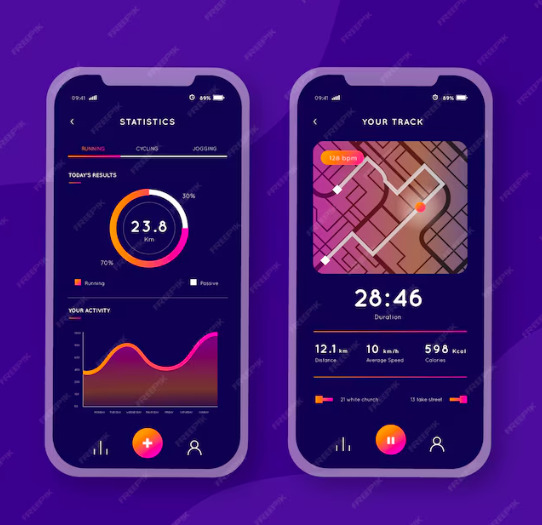What is iPhone Analytics? Unlocking the Mystery of Your Phone’s Data Collection!
Your iPhone constantly gathers information about your usage patterns and device performance.
This data, known as iPhone Analytics, plays a crucial role in how Apple shapes its software and services.
But what exactly does iPhone Analytics collect, and how does it affect you?
Let’s delve into the world of iPhone Analytics and answer some pressing questions.

What Information Does It Collect?
There are three primary categories of data collected by iPhone Analytics:
- Device and App Usage: This includes details like how often you use specific apps, how long your battery lasts, and even how much storage space you’re using.
- Performance Statistics: Crash reports, app loading times, and overall system performance metrics fall under this category. By understanding these, Apple can identify and fix bugs to make your iPhone run smoother.
- Diagnostics: This data pertains to your device’s hardware health, like battery health or cellular signal strength.
It does not collect any personally identifiable information like your name, email address, or location data unless you specifically enable Location Services for System Services.
Additionally, Apple utilizes privacy-preserving techniques like differential privacy to anonymize the data before it’s analyzed.
How Does Apple Use This Data?
The data collected through iPhone Analytics serves several purposes:
Improving iOS and Apps
By understanding how users interact with their devices and apps, Apple can identify areas for improvement.
This can lead to smoother performance, more intuitive interfaces, and features that better cater to user needs.
Developing New Features
Usage data can spark ideas for new features and functionalities.
For instance, high battery drain from a specific app might prompt Apple to work with developers to optimize battery usage.
Identifying and Fixing Bugs
Crash reports and performance data help Apple pinpoint bugs and glitches within the system, allowing them to be addressed in future updates.
Do I Have Control Over iPhone Analytics?
Absolutely! You have the option to disable iPhone Analytics entirely. Here’s how:
- Go to Settings on your iPhone.
- Tap on Privacy.
- Scroll down and tap on Analytics & Improvements.
- Toggle off the switch for “Share iPhone & Watch Analytics.
Disabling it won’t affect your iPhone’s core functionality, but it might limit Apple’s ability to personalize your experience and address issues you might encounter.
Transparency and User Choice
It offers valuable insights for Apple to improve user experience.
The anonymized data collection and user control over data sharing ensure a level of transparency and privacy.
Ultimately, the decision of whether to share analytics data lies with you.
Indeed, by understanding what information is collected and how it’s used, you can make an informed choice about your iPhone’s data privacy settings.
ALSO READ: Is Find My iPhone Accurate? You Won’t Believe What We Discovered!